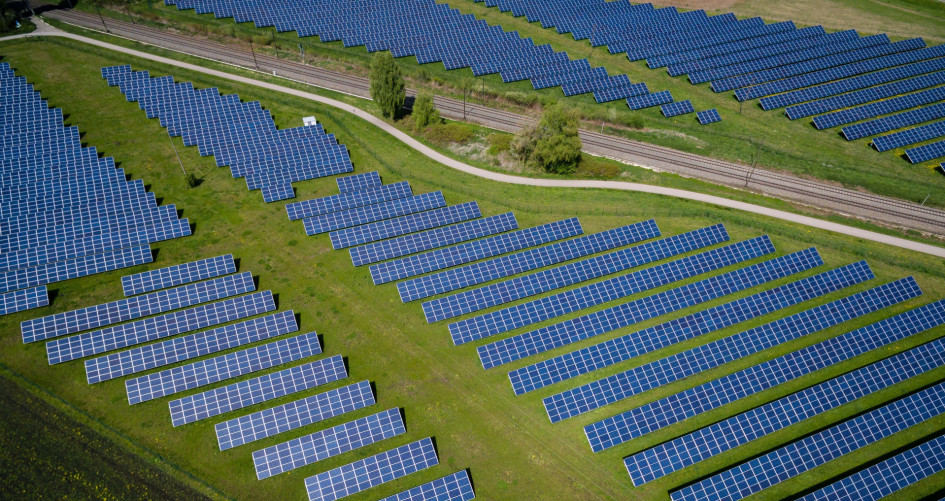The Paris Agreement mitigation mechanism comes closer to its operationalization, after its Supervisory Body took key decisions at its fifth meeting, which concluded in Bonn, Germany, on 3 June. These include decisions relating to carbon removals and to the transition of projects registered under the Clean Development Mechanism (CDM) to the Article 6.4 mechanism.
After considering options to account for the amounts of carbon stored, and the time it is stored, by activities that remove greenhouse gases from the atmosphere, the Supervisory Body agreed to focus on measures that address reversals on a tonne-for-tonne basis and drop tonne-year carbon accounting method from near-term considerations. In explaining the reasons for the decision, the Supervisory Body cited, among other, concerns within the scientific community regarding the underpinning methods and assumptions of the tonne-year carbon accounting method as well as insufficient confidence in its suitability for international applications.
Acknowledging more than 100 inputs received from stakeholders, the Supervisory Body unequivocally emphasized that it has not discarded any type of removal activity from its consideration for the time being and looks forward to more analysis on the topic.
“This meeting was very demanding but work advanced significantly and we made important decisions, namely on the difficult question of the accounting method for carbon storage," said Olga Gassan-zade, Chair of the Supervisory Body. "I am impressed at the commitment of my colleagues of the Supervisory Body, and at the support we get from the expert community. Considering all submissions received represents a lot of work, but also ensures that we take informed decisions, preserving our attachment to quality and integrity of the mechanism – all the while coming closer to its operationalization. This is why we are launching a new public consultation immediately.”
This public consultation will last from 5 to 19 June 2023, and allow sufficient time for the Supervisory Body to consider the inputs received ahead of the Body's sixth meeting, from 10 to13 July 2023.
Another step to operationalize the mechanism was achieved with the decision to commence the transition process: requests for CDM projects to enter the Article 6.4 pipeline will be received as of 30 June 2023, demonstrating a commitment to a rapid and timely implementation of the mechanism.
Substantive discussions around the mechanism regulations also took place, namely on the activity cycle, methodologies and the accreditation of Designated Operational Entities (DOEs) - the third-party assessment entities that are key to the process. On the latter, the SB is looking into possible temporary measures to address the lack of DOEs, while concurrent work on draft standards and procedures takes place. This is in the interest of delivering an operational mechanism as soon as possible, without compromising on its high integrity.
Finally, the Supervisory Body highlighted the importance of capacity-building for the Article 6.4 mechanism and the need for its active coordination with Host Parties to ensure an inclusive and high-quality mechanism. It therefore agreed to start scoping work on a possible “DNA Forum” - a forum for Designated National Authorities (the host-country entities responsible for authorizing Article 6.4 activities). Such a forum would also incentivize more effective cooperation between Parties.
For more information on deliberations held at the fifth meeting, please read the full report of the on the UN Climate Change website.
About the Article 6.4 mechanism and its Supervisory Body
The Article 6.4 mechanism was established in the Paris Agreement as a mechanism to contribute to the mitigation of greenhouse gas emissions and support sustainable development. The mechanism will enable (a) the trading of emission reduction and removal credits generated through specific activities implemented in host countries, and (b) the participation of countries, companies and individuals, making it inclusive and versatile. The mechanism is overseen by a Supervisory Body of which members and alternate members serve in their individual expert capacity.
